Traditional farming relies on soil as the growing medium, a method that has produced food for thousands of years. But in recent decades, soilless growing systems have gained popularity for their efficiency and sustainability. One such method is aquaponics—a farming approach that combines hydroponics (growing plants in nutrient-rich water) with aquaculture (raising fish or other aquatic animals).
In aquaponics, water quality is everything. Healthy plants and aquatic animals depend on a clean, balanced water supply—something that’s often achieved through reverse osmosis (RO) filtration.
Hydroponics vs. Aquaponics
Hydroponics uses a recirculating nutrient solution instead of soil, making it water-efficient and ideal for home gardens or commercial crops like salad greens, cannabis, and ornamentals.
Aquaponics takes it a step further by introducing fish or other aquatic life into the system. The plants filter the water for the animals, and the animals provide nutrients for the plants through their waste. This creates a symbiotic, closed-loop ecosystem that blends aquaculture with hydroponics.

What Can You Grow in Aquaponics?
Aquaponics is incredibly versatile. Popular plants include:
- Tomatoes
- Leafy greens (lettuce, spinach, bok choy, chard)
- Peppers
- Cucumbers
- Strawberries
- Broccoli & cauliflower
- Ornamentals (roses, orchids, tulips, violas)
- Cannabis
Alongside plants, growers can raise aquatic animals such as:
- Tilapia
- Koi or other carp
- Catfish
- Trout
- Freshwater prawns
- Crawfish
- Mussels
- Perch

Why Water Quality Matters
Poor water quality can harm both plants and aquatic life. Common contaminants include:
- Chlorine
- Heavy metals (lead, mercury, arsenic)
- Agricultural runoff
- Petroleum residues
- High ammonia levels
- Excess dissolved salts
Even without outside contamination, fish waste can build up faster than plants can absorb it. Left unchecked, this imbalance can turn the water toxic.
That’s where reverse osmosis comes in.
How Reverse Osmosis Works
Reverse osmosis forces water through a semipermeable membrane, removing up to 99% of dissolved solids, minerals, and contaminants. The microscopic pores in the membrane serve as a powerful filtration device, removing sediments, debris, dissolved minerals, and solid waste.
In aquaponics, an RO filter is installed between the incoming water supply (well or municipal) and the system. The result is pure, controlled water—free of harmful substances and ready for precise mineral balancing. The contaminants trapped by the RO filter are flushed away through a drain.
Commercial-Scale RO for Aquaponics
Larger aquaponics operations often use commercial RO units capable of processing over 1,000 gallons per day. Many feature:
- Automatic controllers
- Precision valves to blend treated and untreated water
- Consistent removal of pathogens, chlorine, heavy metals, and suspended solids
By starting with ultra-pure water, growers can fine-tune nutrient levels for maximum plant growth and animal health—while reducing the risk of disease or yield loss.
Aside from the water entering a system, aquatic creatures produce waste. Over time, this waste accumulates faster than plant roots can utilize it, resulting in declining water quality. If not managed, the water solution in the system may become toxic to plant and animal life.
Most systems rely on some form of chemical or mechanical filtration to supplement the natural biological filtering process of plant roots and animal activity. A reverse osmosis aquaponics system, coupled with water filtration, offers incredible control over the water quality within the system.
Final Thoughts
Reverse osmosis filtration gives aquaponics growers control over one of the most important variables in their system—water quality. Whether you’re running a small home setup or a large-scale commercial farm, RO ensures your plants thrive, your fish stay healthy, and your yields reach their full potential.


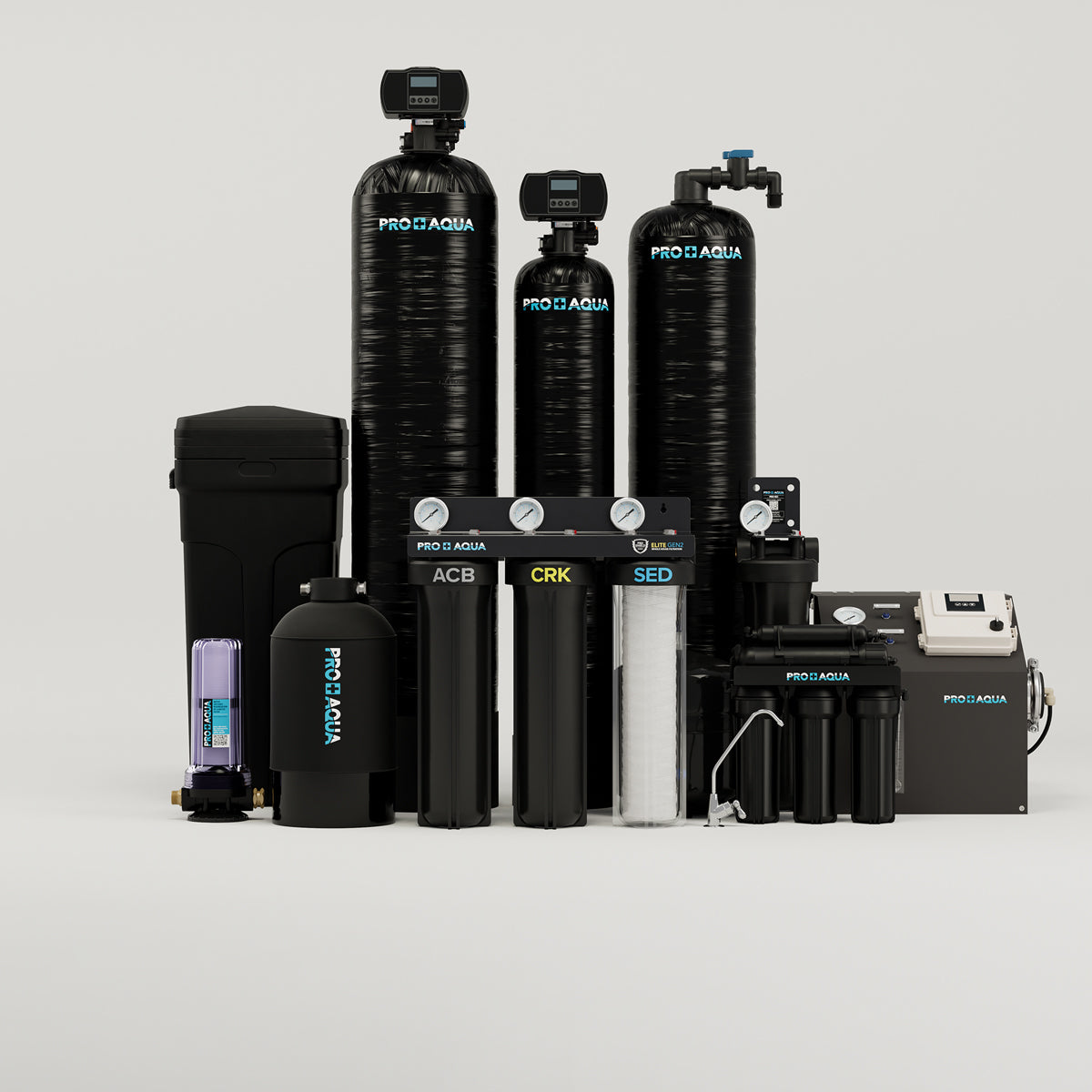
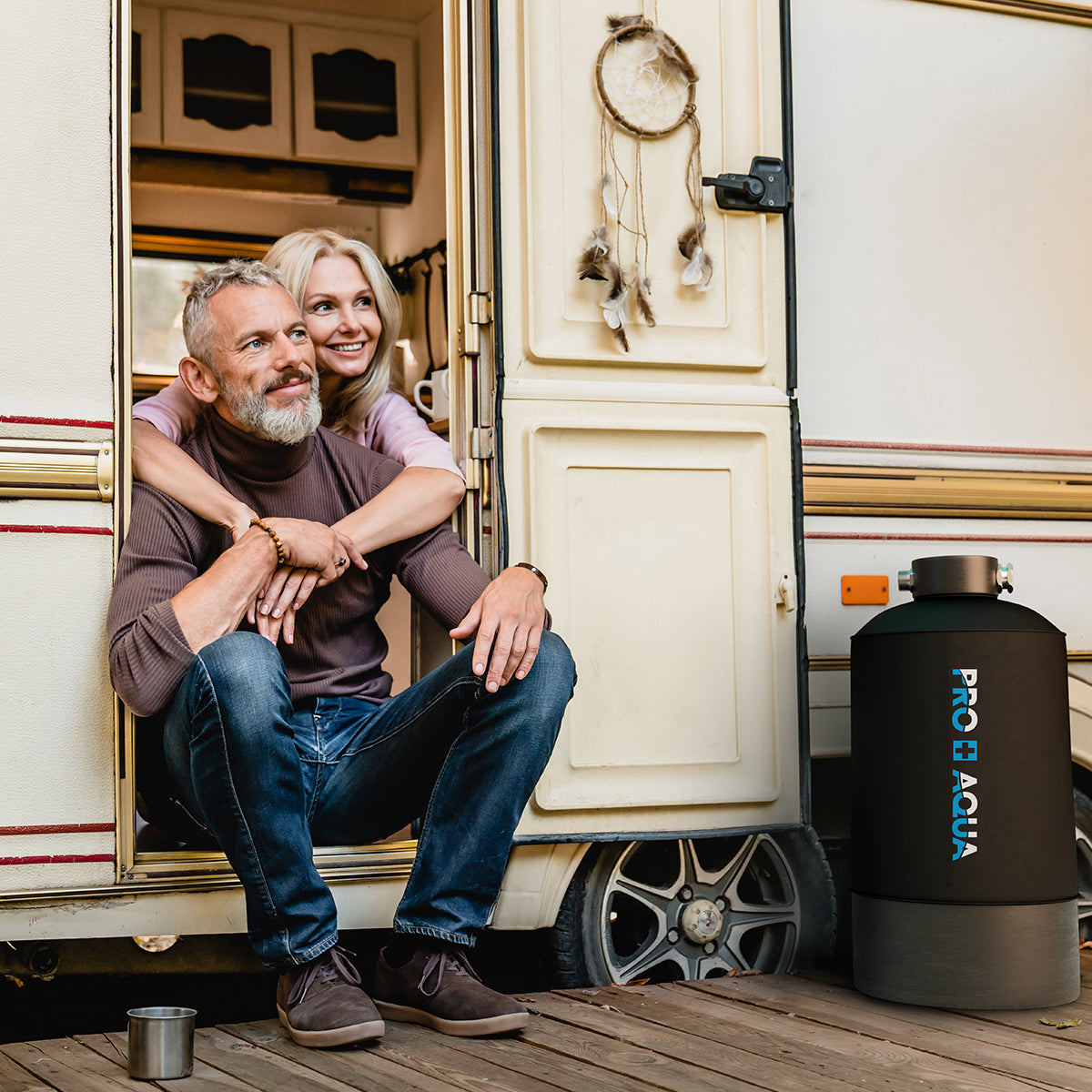
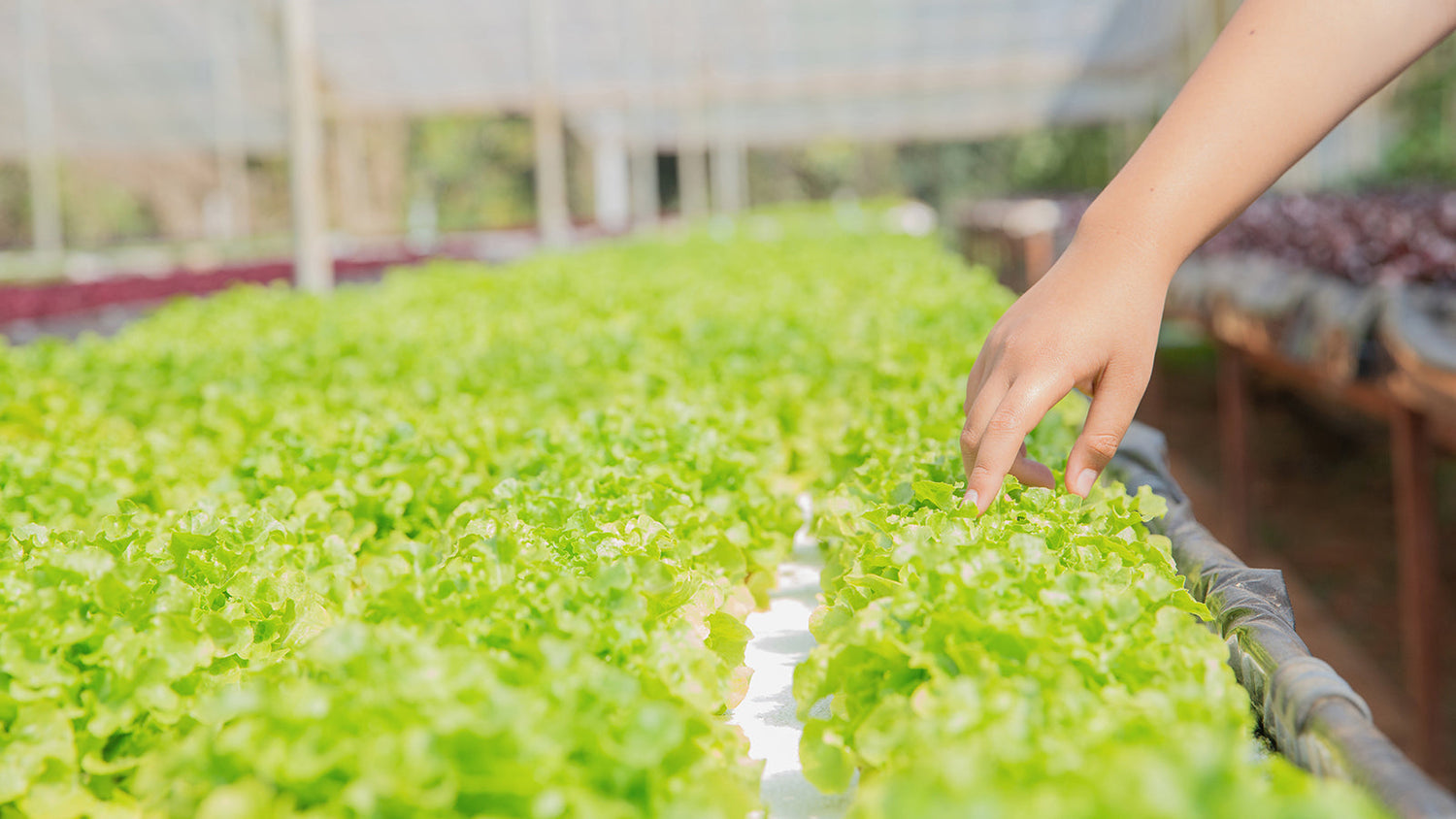
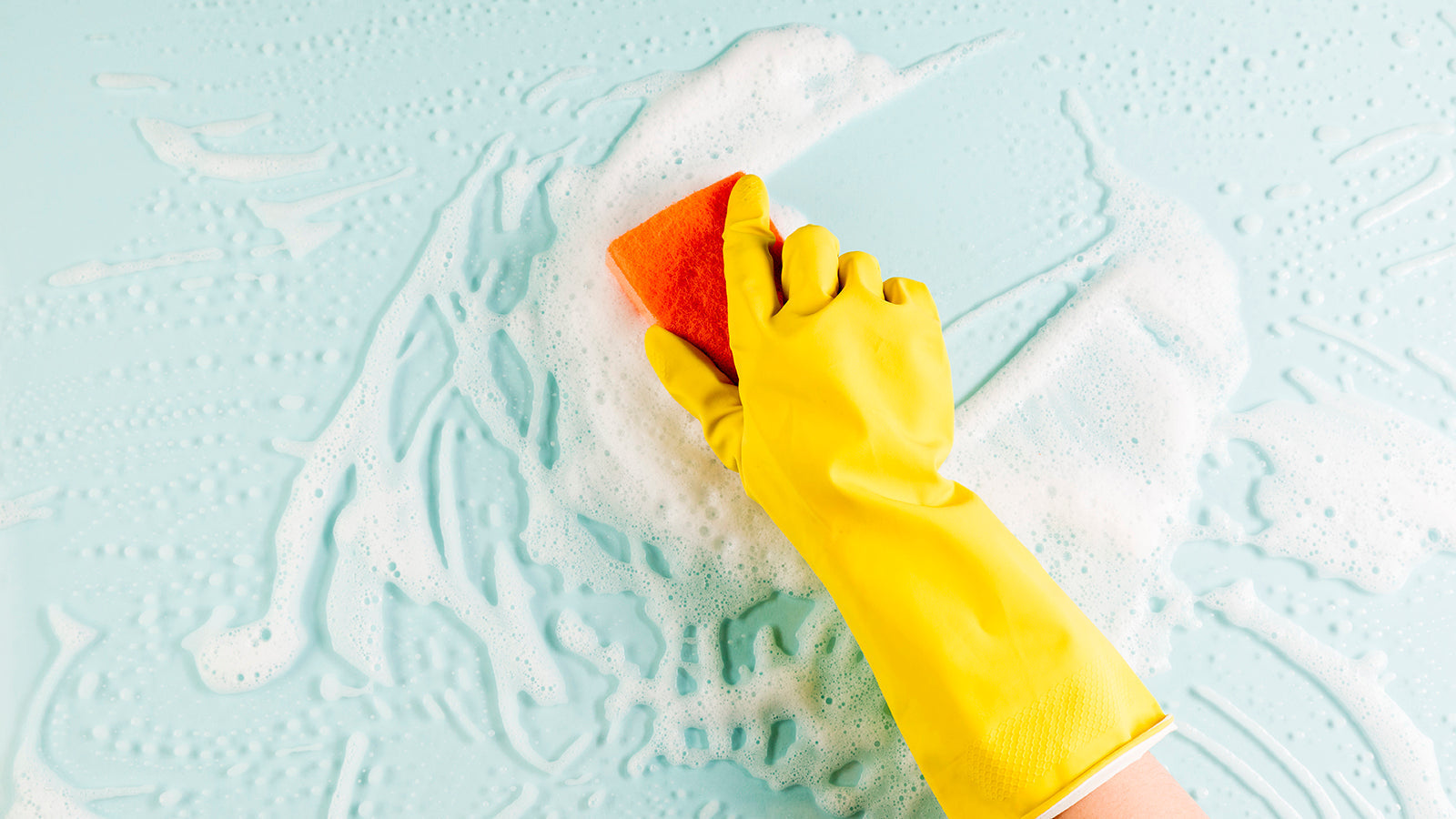
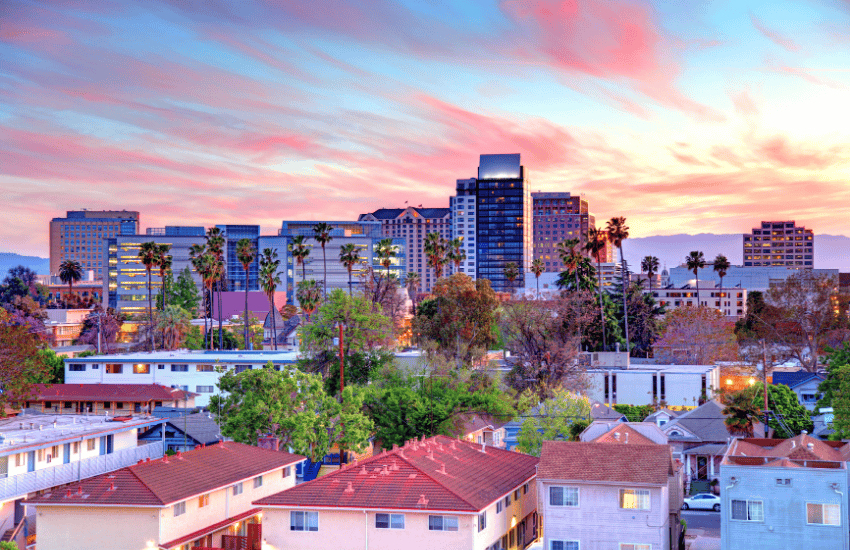
Leave a comment
This site is protected by hCaptcha and the hCaptcha Privacy Policy and Terms of Service apply.